Microlearning Safety Training Videos
New bite-size micro-learning safety videos. Training in under 4 minutes!

At the beginning of the job, contractors, along with everyone doing work in the location, should receive a safety induction. This safety short gives you a quick overview of what a safety induction is and what information should be included in it.

Consideration of health and safety issues must begin at the planning stage, before the contractor has started work. This safety short covers some important questions that should be asked when planning work for a contractor and potential hazards a contractor may encounter.

One of the most important considerations in contract management is so-called “task creep”. This can occur when, after the contractor’s task is assigned, the job requires more work than was originally agreed. This safety short briefly explains what ”task creep” is and why it’s an important consideration.
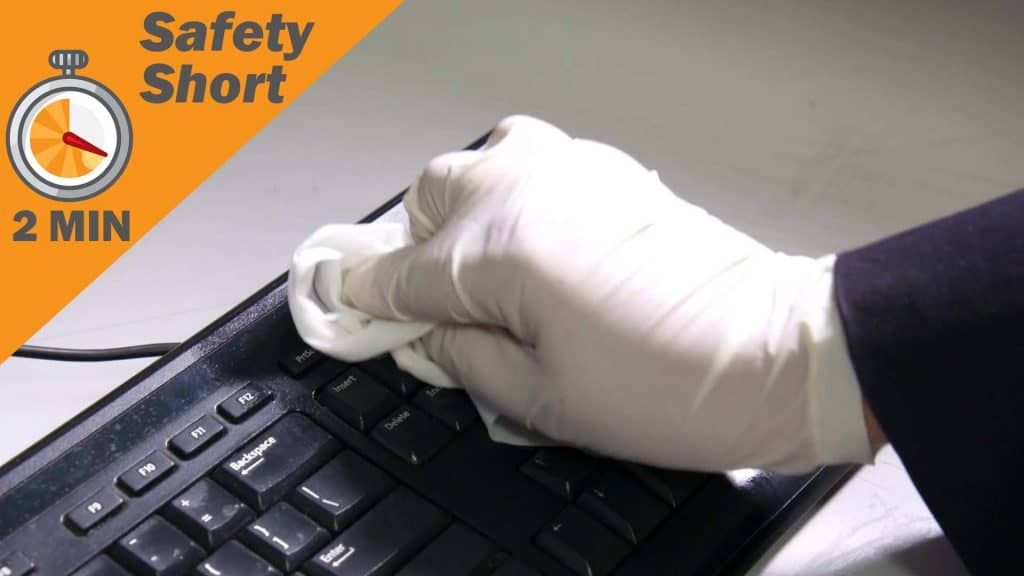
As a family, coronaviruses are common across the globe. This safety short outlines some of the control measures that can be taken to prevent their spread.
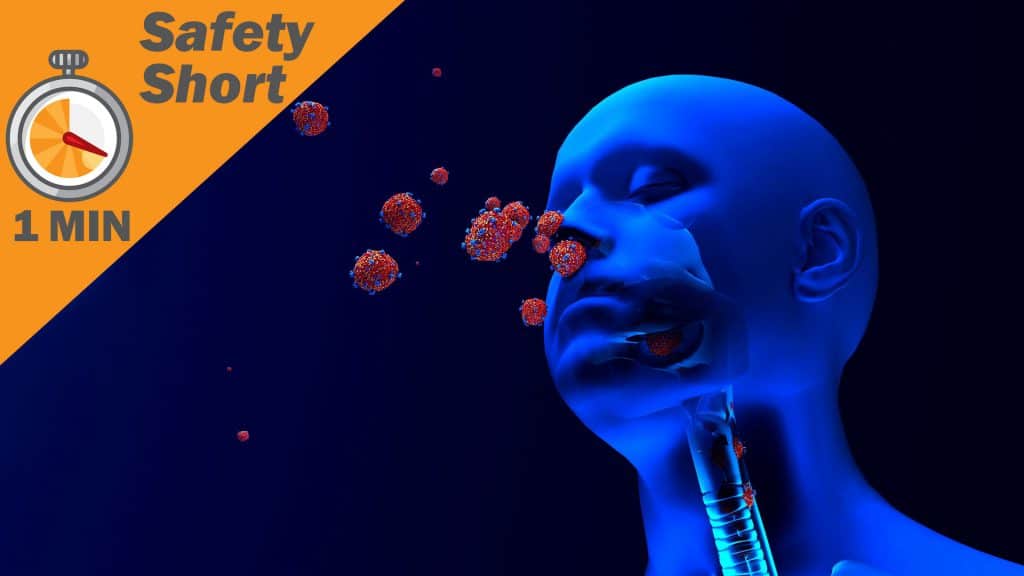
Coronaviruses are a large group of viruses that can cause illnesses ranging from the common cold to more severe diseases. This safety short examines the various ways in which Coronaviruses can be spread
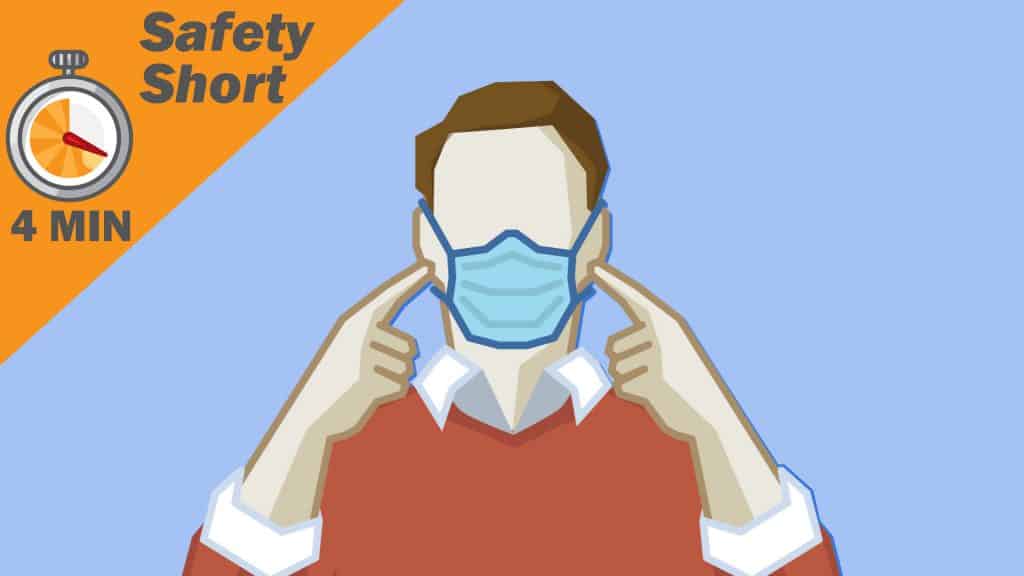
Face Masks are an effective control measure that can be used to control the spread of Coronaviruses. This safety short gives a quick overview of common mask types and how to use them correctly.

A particularly dangerous form of cybersecurity risk is that of insider threats. These are cyber threats that originate from within the organization which makes them especially difficult to detect and deal with. Because an insider threat does not need to go through the process of gaining access to the system – as they’re already inside – they are often capable of going undetected for longer, and doing more damage, than external threats.
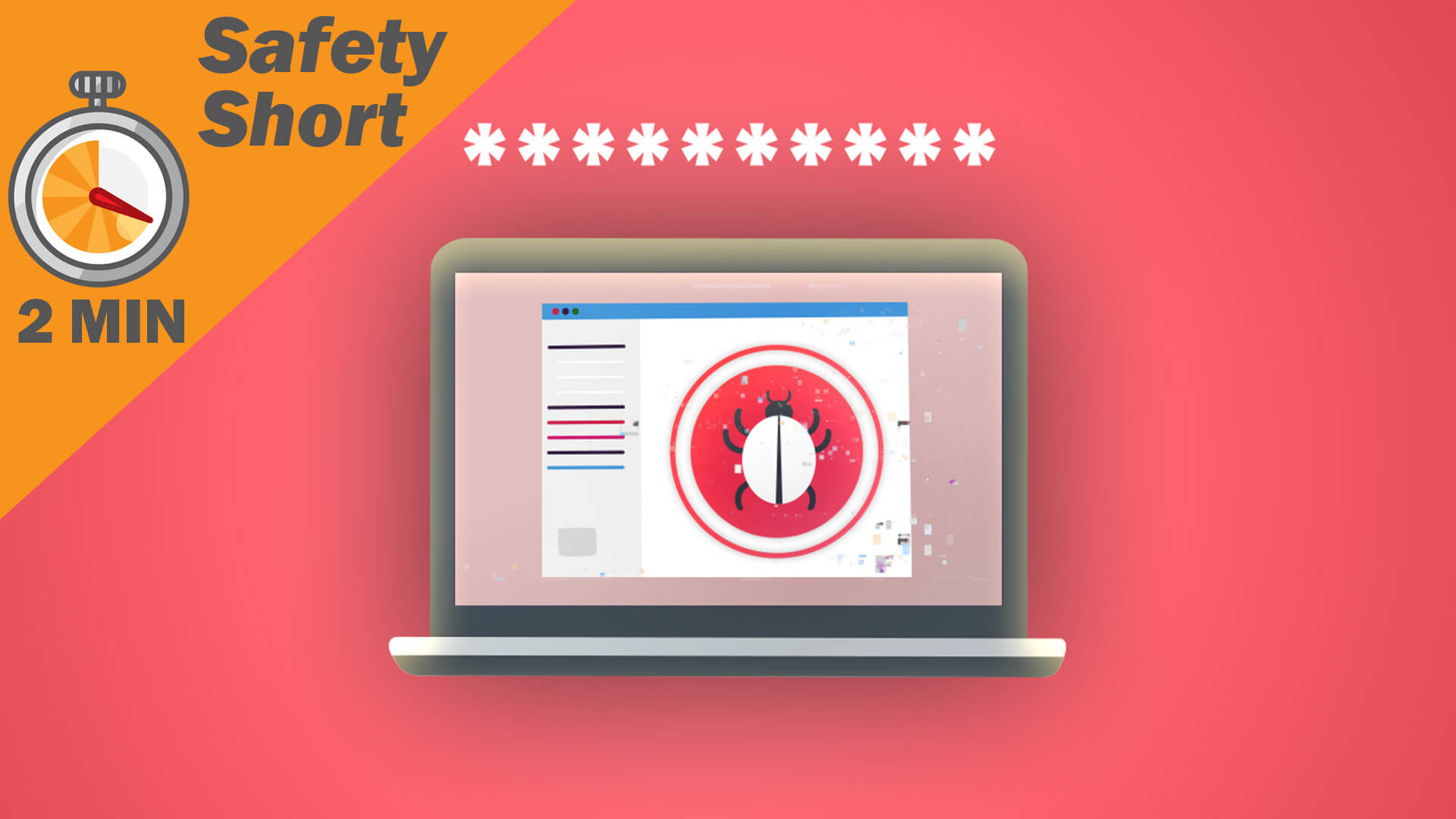
Malware is software created and deployed to compromise or disrupt computer systems. The consequences of a system becoming infected with malware can be devastating, including the breakdown of normal operations, the accessing of sensitive information by criminal actors, disruption to business and financial loss. Any professional computer system should have malware protection set up, but there are also ways in which an individual can identify the possibility of malware, allowing them to take steps to prevent damage.

Protect your organisation! This 3-minute Cybersecurity Awareness safety short on Phishing teaches employees to identify and avoid phishing scams. Spot generic greetings, fake invoices and suspicious links. It will help empower your team to safeguard your valuable business information.
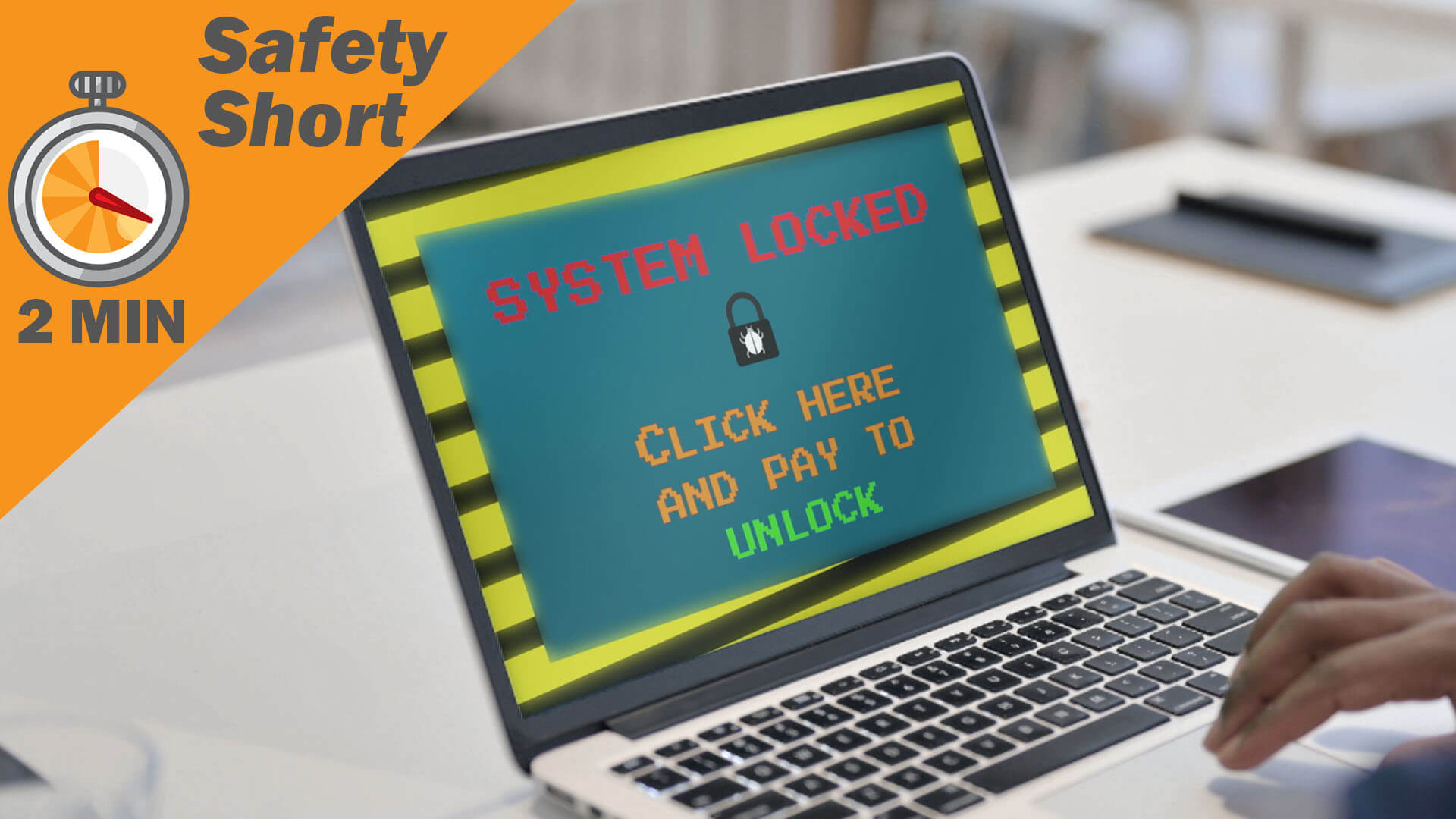
One specific and very damaging type of malware is ransomware. This is software that infiltrates a system and stops it working, by locking or encrypting files to prevent access to them. The user of the ransomware will then demand a payment to unlock the system.

This safety video short course outlines a 'clean-desk' policy, urging users to sign out of computers and secure sensitive data physically. It stresses regular file backups to prevent data loss, and advocates for strong, unique passwords with two-factor authentication to enhance security against cyber threats.
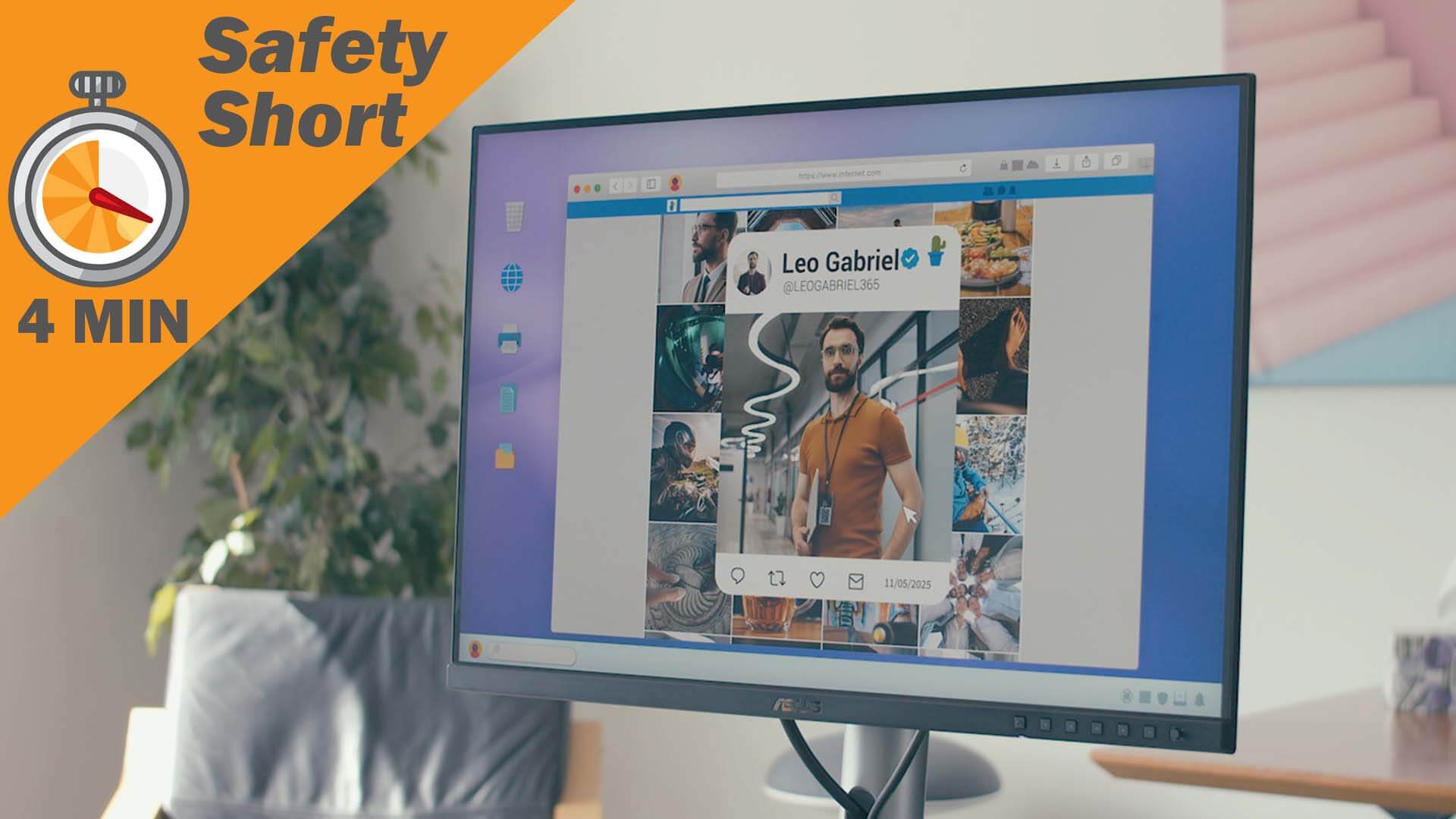
This safety video short course focuses on safe internet browsing to protect devices. It advises caution on work or public networks, avoiding downloads from suspicious sites, checking for “https” in URLs, using security extensions or VPNs, and being mindful of social media risks, especially on public Wi-Fi.
